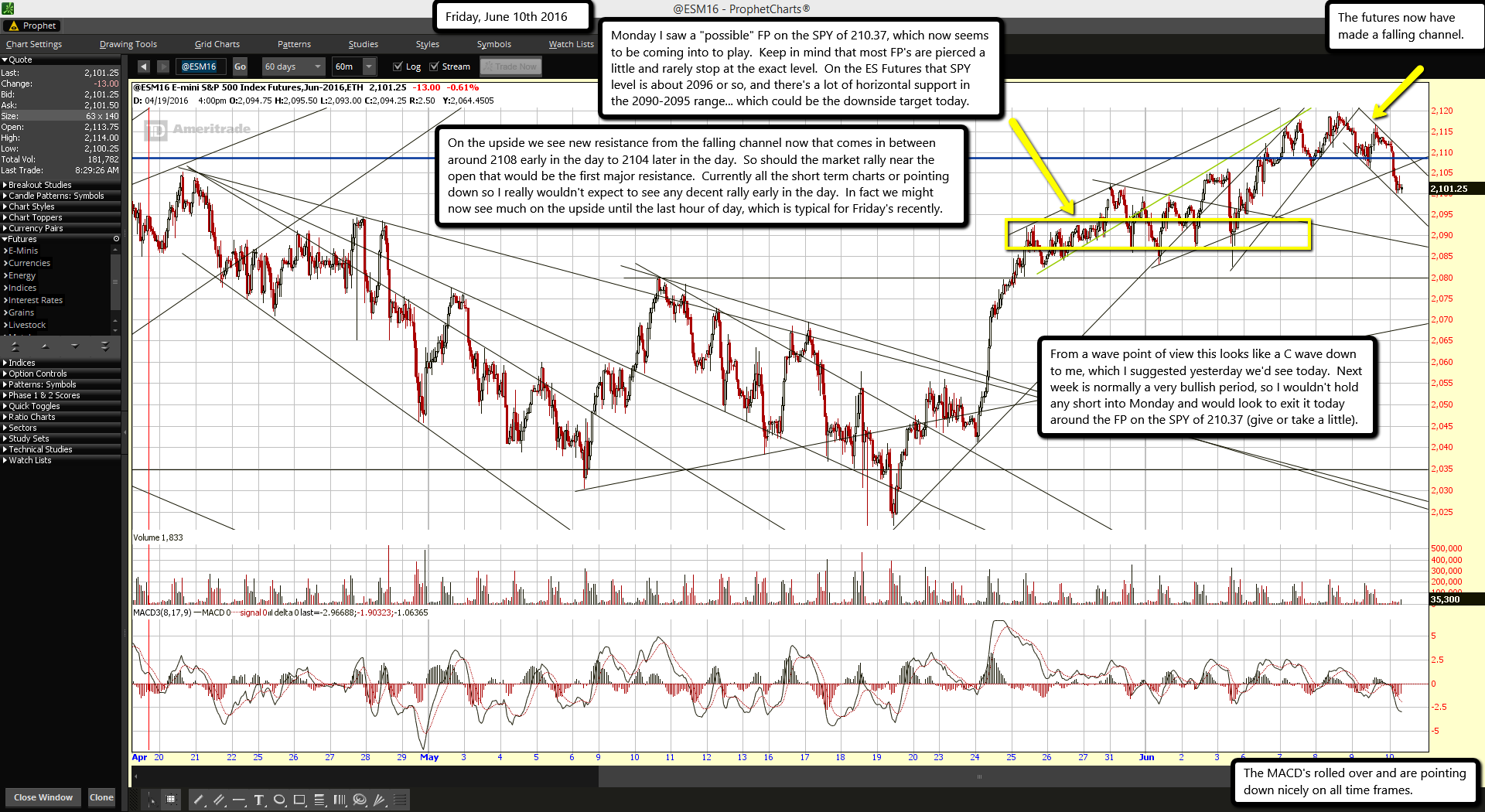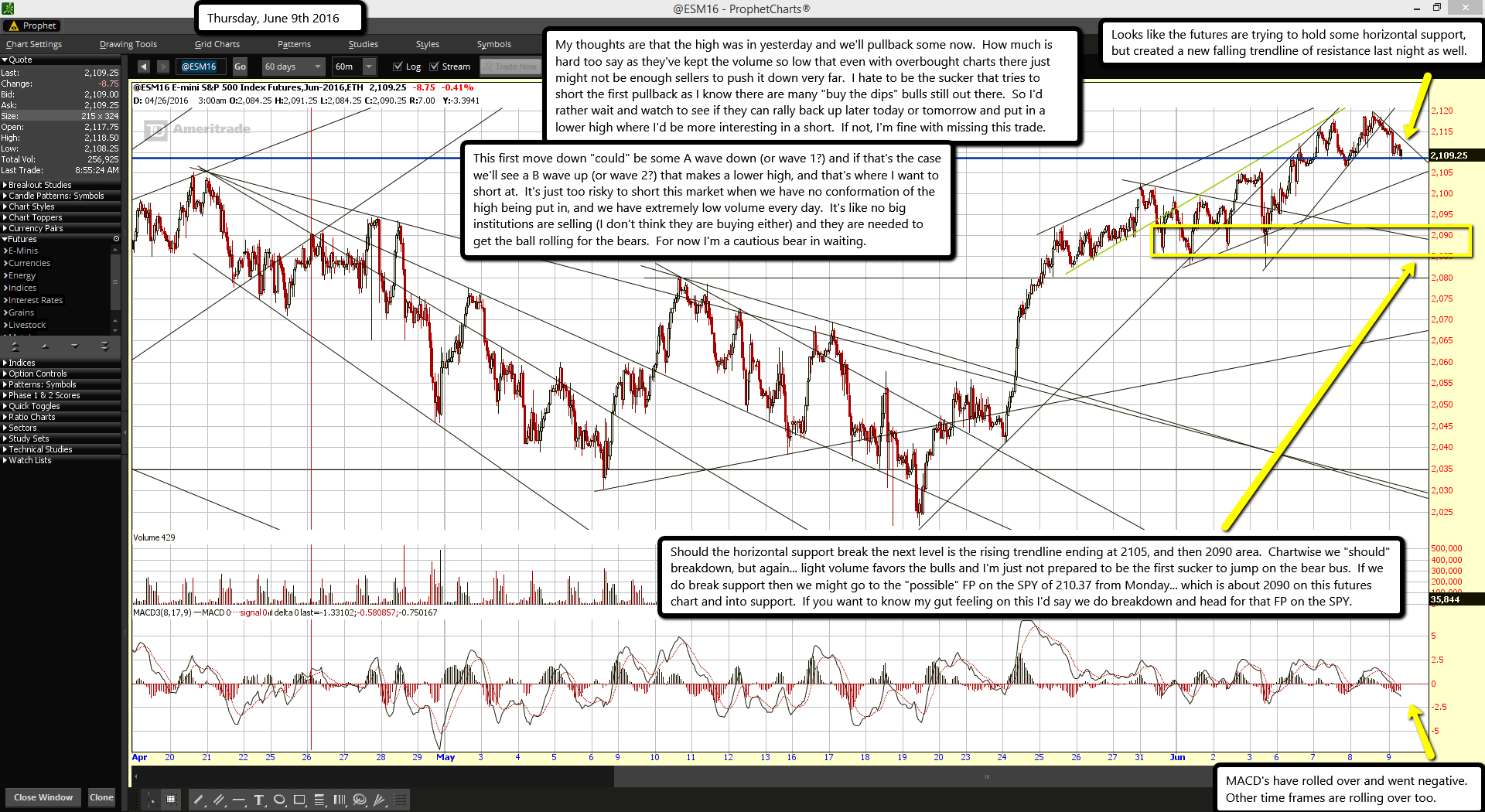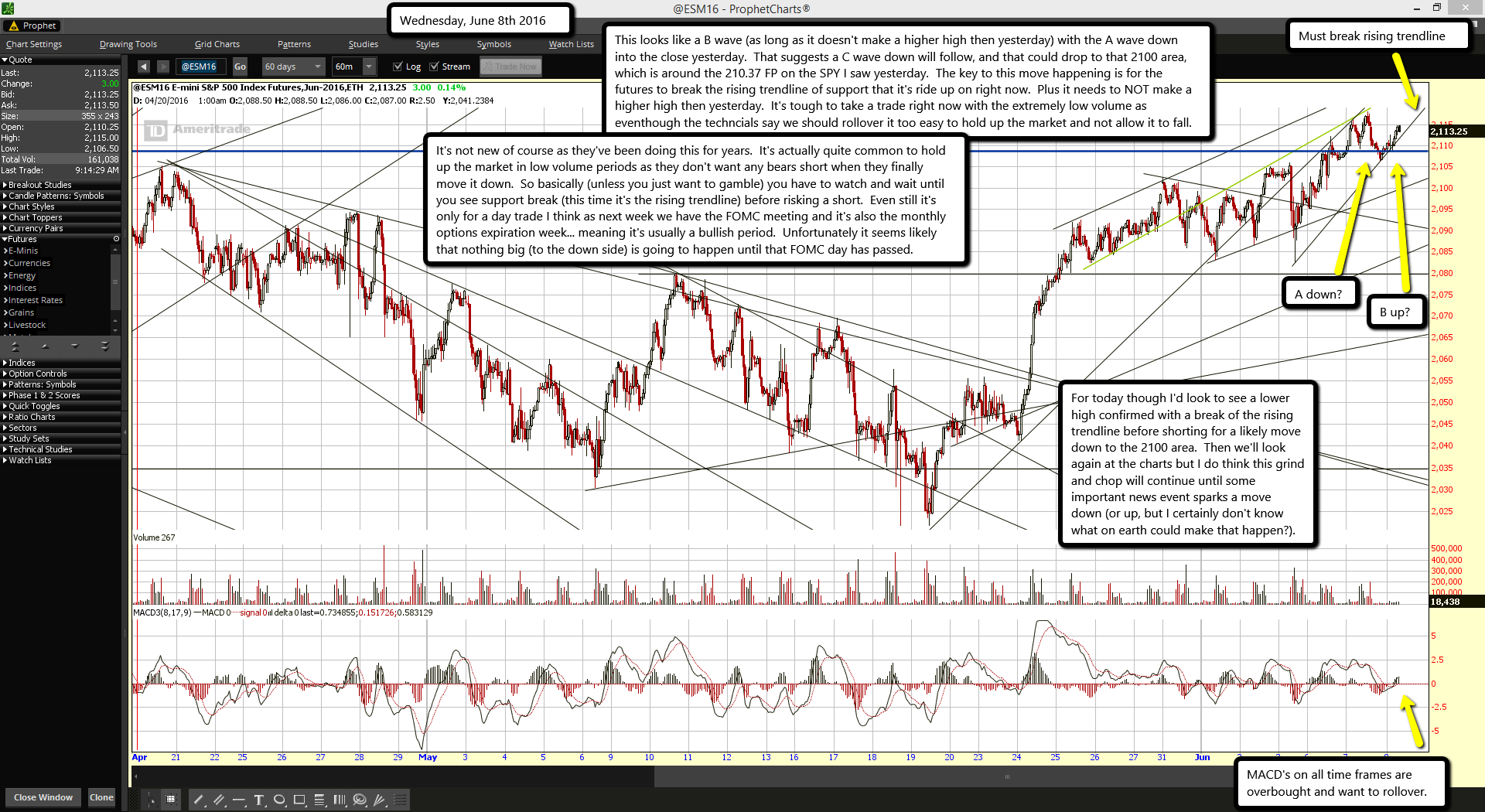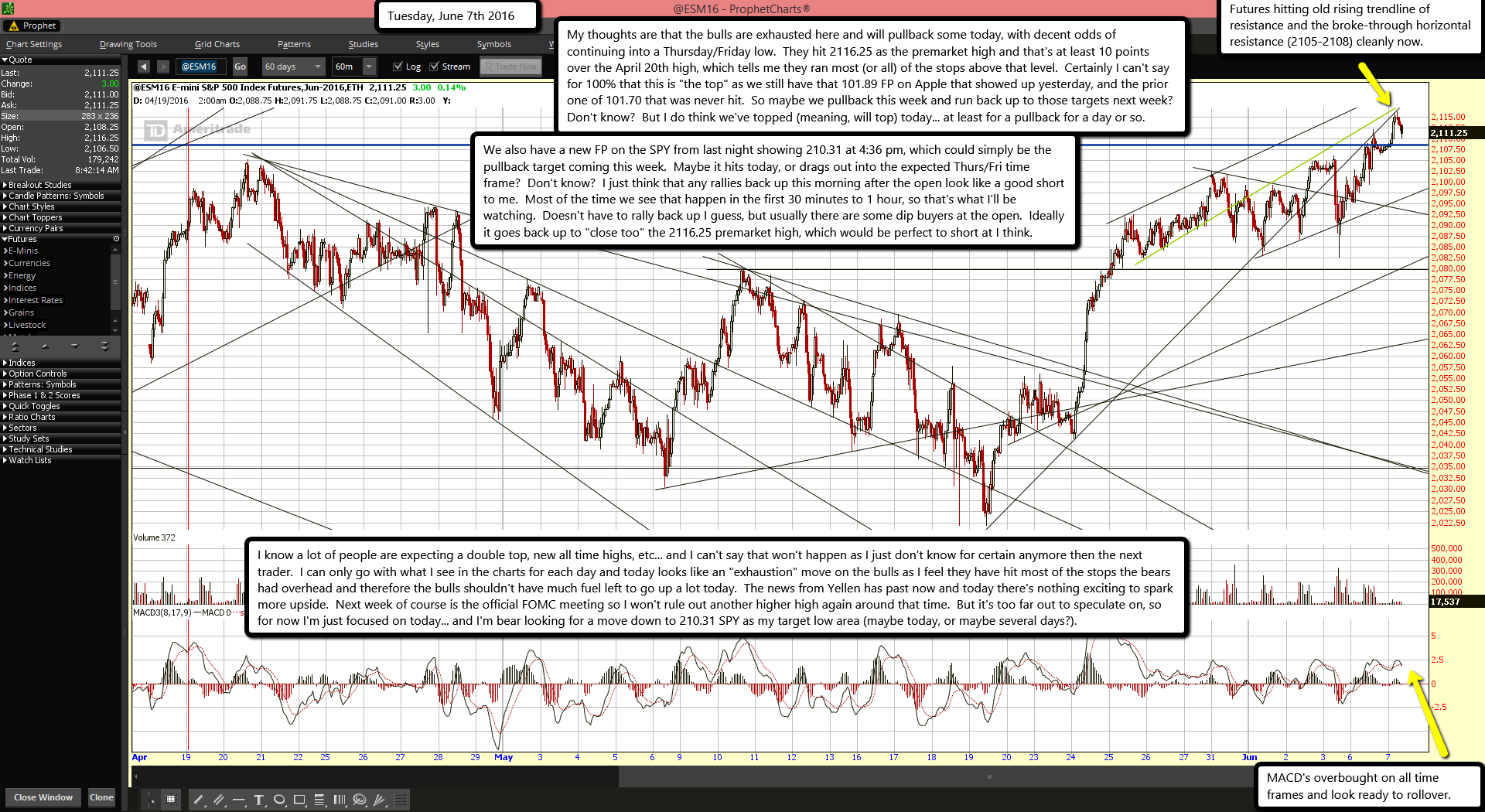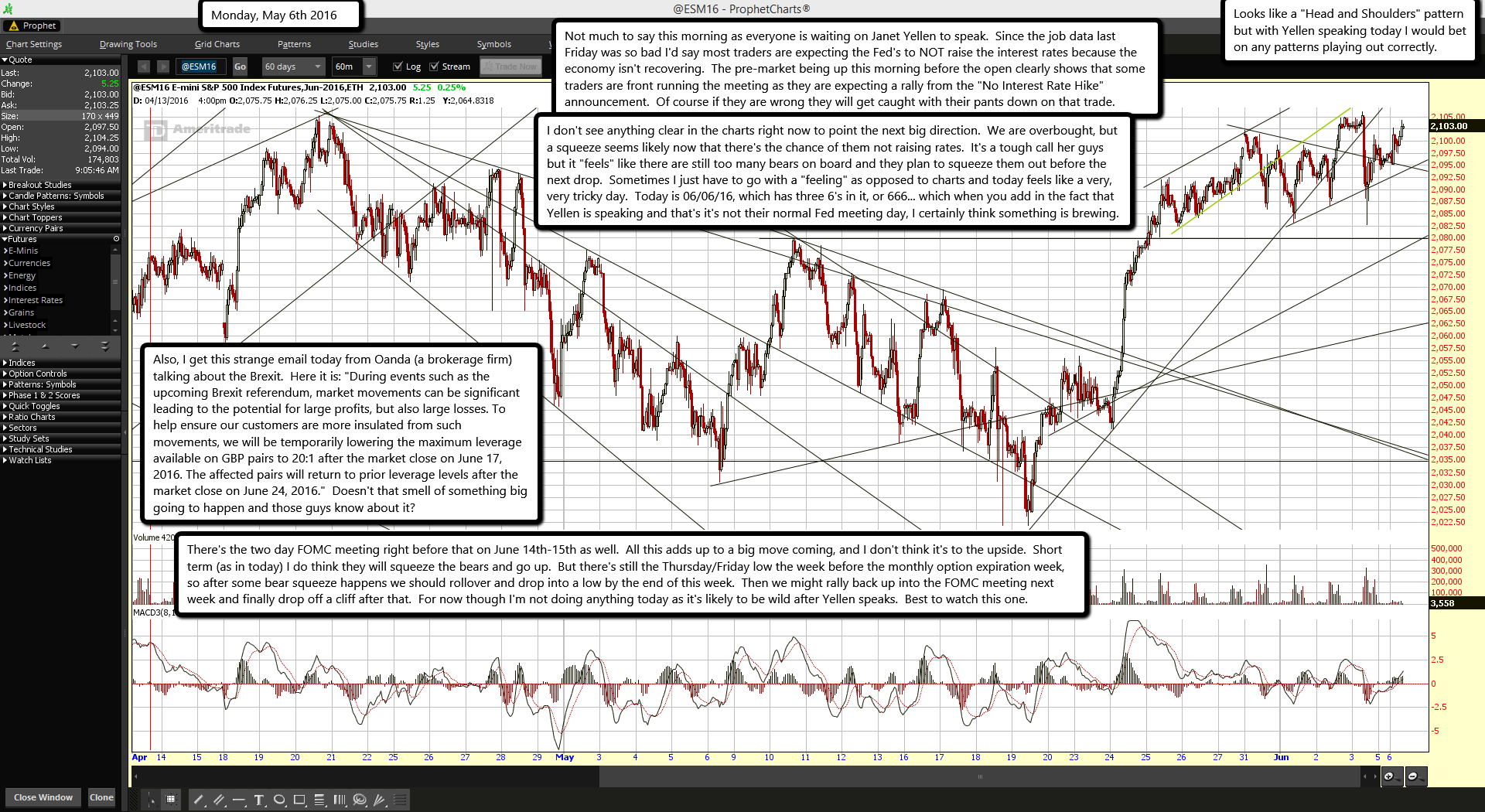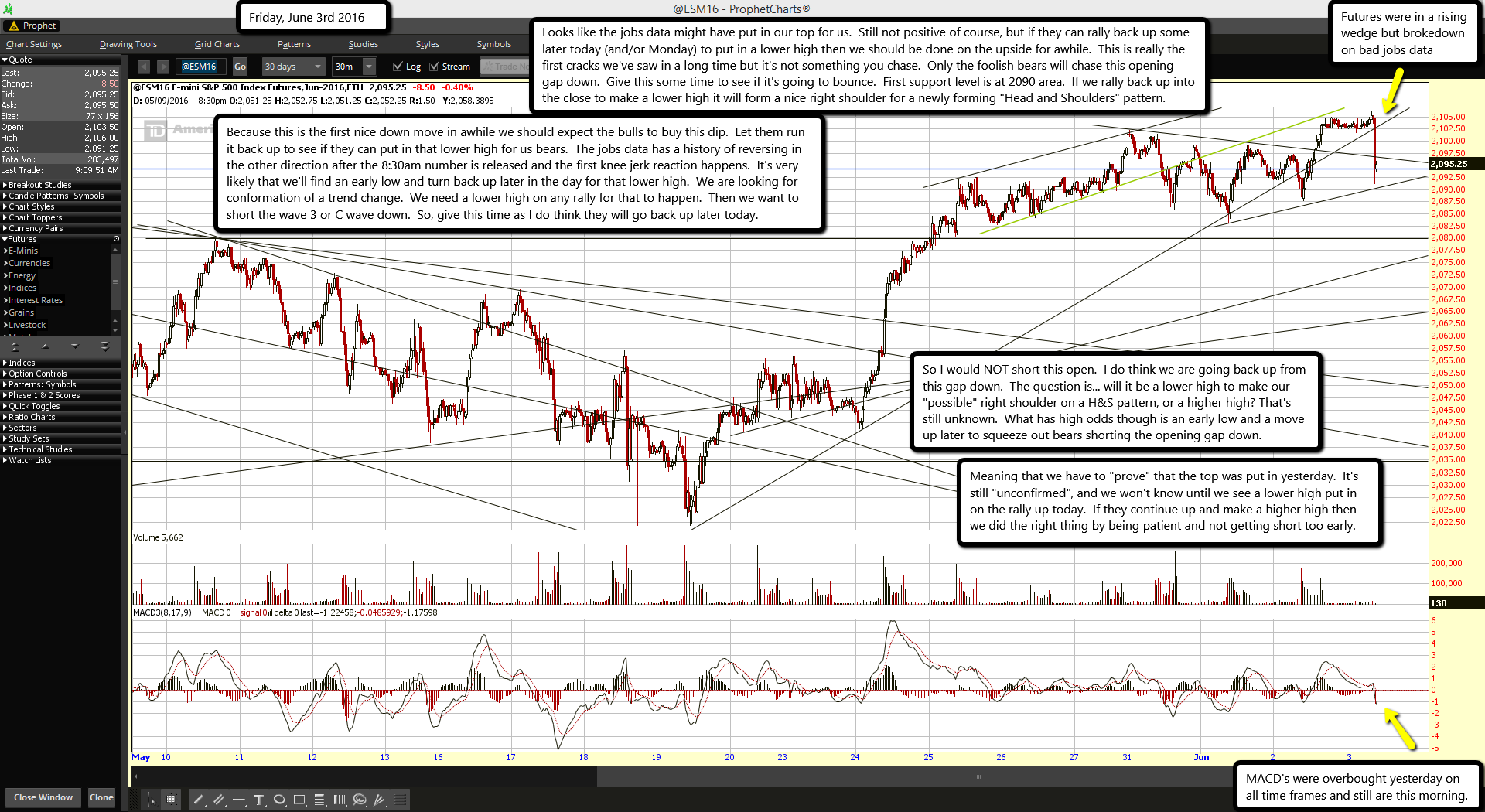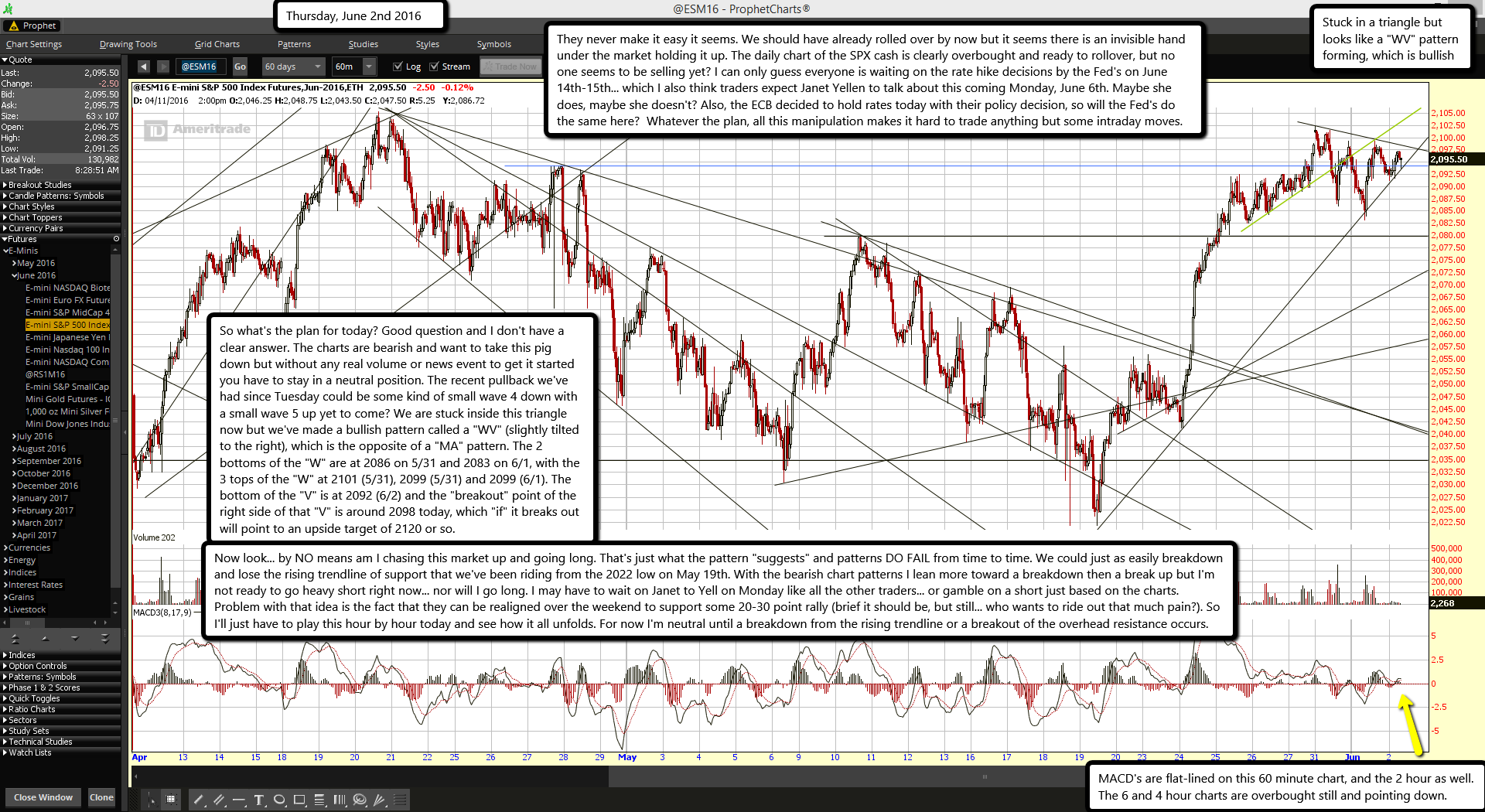With our nation's population of baby boomers going strong at roughly 76 million, it's estimated that a good 10,000 baby boomers turn 65 every day. What this means is that more and more boomers are getting closer to retirement, and with that comes a host of important decisions. If you're a baby boomer, here are four key retirement facts to help you navigate this significant milestone.

1. People are living longer
According to the Social Security Administration, the average 65-year-old man today can expect to live until age 84.3, while the average 65-year-old woman today can expect to live until age 86.6. Of course, these are just averages. The Social Security Administration also reports that about one out of every four 65-year-olds today will live past 90, while one out of every 10 will live past 95.
While increased life expectancies are a good thing in theory, they pose a financial challenge to today's retirees. Living longer means needing more savings to cover life's expenses in retirement -- savings that many boomers are sorely lacking.
2. Most baby boomers are behind on retirement savings
While there are certainly exceptions, most boomers have a lot of catching up to do when it comes to retirement savings. According to a 2016 report from the Insured Retirement Institute (IRI), only 55% of baby boomers have begun saving independently for retirement.
Among those who have saved, 42% admit to having less than $100,000 socked away. And while $100,000 might seem like a decent sum at first glance, over the course of 20 years, that translates into less than $7,000 a year in retirement income.
3. You probably can't live off Social Security alone
The National Academy of Social Insurance reports that a good 65% of beneficiaries rely on Social Security for the majority of their retirement income, and that it's the only source of income for almost 25% of those 65 and older. The IRI study confirms these findings, with 59% of boomers stating that they expect Social Security to serve as a significant source of income once they exit the workforce.
While Social Security can provide a nice stream of income for retirees, it's only designed to replace about 40% of the average worker's pre-retirement income. Most people need 70% to 80% of their pre-retirement income once they stop working, which means that relying on Social Security alone can leave them with a pretty sizable gap. In 2015, the average monthly Social Security benefit was $1,335, which is just not enough for many people to live on.
4. Many baby boomers worry they won't have enough money in retirement
Confidence among baby boomers regarding retirement is waning. According to the IRI study, only 24% of baby boomers are confident they'll have enough savings to last throughout retirement. This is the lowest level of confidence since IRI began its study in 2011, at which point 37% of boomers expressed the same level of confidence.
Of course, it's not necessarily the case that boomers are growing more pessimistic. Rather, it could be that many are getting more realistic about their finances and retirement needs. And on a positive note, some boomers are taking steps to improve their financial picture.
During the past year, 30% of boomers postponed their retirement plans, and 26% say they're now aiming to retire at age 70, or later. This is a pretty big jump from 2011, when only 17% of boomers planned to retire at or after 70.
Take action now
If you're on the verge of retirement, and aren't confident about your savings, you still have some options for improving your financial outlook. For starters, consider working a few extra years to build up more savings. For 2016, anyone 50 and older can contribute up to $24,000 to a 401(k), and $6,500 to an IRA. If your employer offers a matching program, that's even more (free) money coming your way for retirement.
Here's another benefit of postponing retirement and working a few extra years. If you hold off on taking Social Security past your full retirement age -- which, for baby boomers, is either 66 or 67, depending on the year you were born -- you'll get an 8% increase in benefits for every year you postpone up until age 70, at which point this incentive runs out. And that 8% increase isn't just temporary; it will remain in effect for as long as you continue to receive Social Security benefits.
Deciding when to retire is a major decision not to be taken lightly. Before you jump in, take a hard look at your goals and finances to see where you stand. You may find that an extra year or two of working could mean the difference between a comfortable retirement and one that starts on financially shaky ground.
The $15,834 Social Security bonus most retirees completely overlook
If you're like most Americans, you're a few years (or more) behind on your retirement savings. But a handful of little-known "Social Security secrets" could help ensure a boost in your retirement income. For example: one easy trick could pay you as much as $15,834 more... each year! Once you learn how to maximize your Social Security benefits, we think you could retire confidently with the peace of mind we're all after. Simply click here to discover how to learn more about these strategies.







